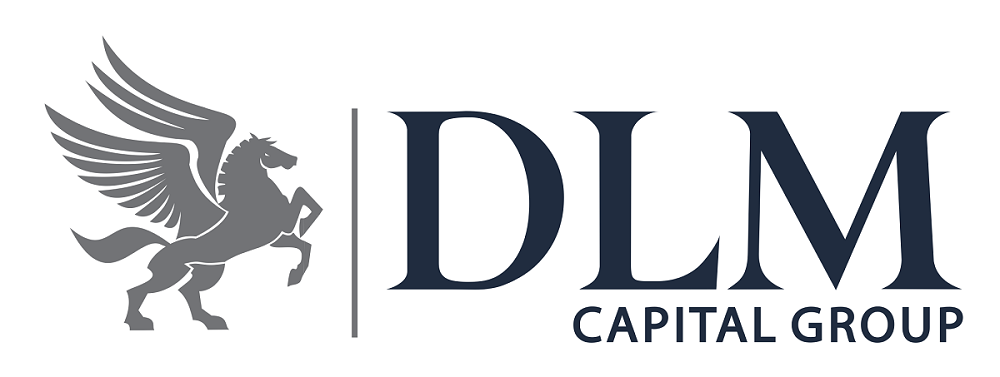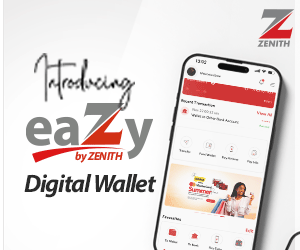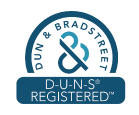In a landmark development for Nigeria’s capital market, DLM Capital Group recently developed and introduced a new investment instrument known as Sovereign Bond-Backed Composite Notes (SBCNs).
This AAA-rated bond product, hailed as a global first, combines the cash flow stability of Federal Government bonds with the performance potential of real-sector lending to offer investors an attractive risk-adjusted return.
In this exclusive interview with Nairametrics, DLM Capital Group’s CEO, Mr. Sonnie Babatunde Ayere, explains the thinking behind the product, how it addresses inflation and capital preservation, and why it could reshape fixed-income investment strategies for institutional and retail investors in Nigeria.
Excerpts:
Nairametrics: Tell us about DLM Capital Group’s Sovereign Bond-Backed Composite Notes (SBCNs) and why you launched it at this time
The first deal is our inaugural issuance. It’s issued by DLM Funding SPV PLC and sponsored by DLM Capital. The issue size is N30 billion. The instrument type is a Sovereign Bond-Backed Composite Note—or, as I often call it, a Sovereign Composite Note for ease of reference.
The bond is rated AAA, which is quite rare. How many corporate entities can issue AAA-rated paper in today’s market? Perhaps only MTN is in that category domestically, and even globally, AAA-rated corporates are extremely rare. That rating, in itself, is a major achievement.
In terms of structure, the legal final maturity is 10 years, but the average life is 5.5 years. Average life refers to the time it takes for an investor to recover their capital. For example, if you invest N30 billion today, you’ll start receiving N1.5 billion every six months, beginning from the first six months. You’re not waiting 10 years to get your money back—you’ll receive it gradually. On average, it takes 5.5 years to fully recover the capital.
The yield is also phenomenal. We’re able to offer this because we’re a financial institution with exposure to the real sector through SME and consumer lending. So what we’ve done is blend sovereign bond cash flows with real sector cash flows.
This allows access to underbanked segments—areas that historically haven’t received much funding. Instruments like this can now channel capital to those sectors and support the Federal Government’s broader goal of achieving a $1 trillion economy.
The product also solves a key challenge for fixed-income investors: inflation risk. If you buy a bond yielding 15% but inflation jumps to 34%, your investment is underwater. We wanted something that not only offers economic viability but also outpaces inflation while securing capital. Many investors care more about the return of principal than the return on principal.
It took me two years to develop this solution, and what we’ve come up with is a first-of-its-kind structure: Sovereign Bond-Backed Composite Notes, or SBCNs.
Nairametrics: How does this Series 1 SBCN differ from traditional corporate or sovereign bonds in structure and return profile?
This bond blends the cash flows of FGN sovereign bonds with real sector cash flows, resulting in a hybrid instrument.
You’re essentially getting an AAA-rated investment that combines the credit quality of sovereign bonds with the yield potential of private-sector lending. Traditional instruments do not offer this.
For investors, this significantly de-risks their bond portfolios. Typically, corporate bonds carry event risk—there’s always a chance of default. But with the SBCN, both principal and interest are fully secure.
So what you’re getting is sovereign-level safety with enhanced performance. Blending real sector cash flows into the mix improves yield while maintaining AAA credit quality.
We’re not saying investors should abandon plain vanilla bullet bonds—they still serve a purpose and may offer slightly higher upfront overall cash flows. Our advice to portfolio managers is to diversify: combine SBCNs with bullet bonds in their portfolios. SBCNs offer better credit and yield; vanilla bonds offer more liquidity-cashflow as amortising bonds provide lesser cash flows.
Nairametrics: Who is the target investor for this bond, and what specific needs does the SBCN meet that other instruments don’t?
The SBCN is the first publicly issued bond in Nigeria to fully integrate FGN bond backing into a structured note. It is AAA-rated, not through insurance or guarantees, but through direct sovereign bond cash flow backing.
If an investor buys this bond today, as at the interview date, your minimum return is 18%, and your maximum return over 10 years could reach 199%. On average, investors can expect 47% per annum over the bond’s life if held to maturity.
No other public bond in Nigeria or anywhere else, for that matter, has delivered this combination of low risk and high return.
This product is truly innovative. It uses a ring-fenced SPV structure for asset and liability management. DLM is the sponsor and provides the real sector cash flows. Even if DLM were to disappear tomorrow, investors would still receive 100% of their principal and interest.
You’re essentially getting more than double the return of standard FGN bonds without increasing your credit risk. It’s a bridge between safety and performance.
We’ve also de-risked this offering with credit upgrades. DLM Capital Group is rated BBB– by GCR, BBB by Agusto, and A+ by DataPro. But this bond is AAA-rated, which reflects a significant uplift,—almost a 99-notch upgrade from GCR —demonstrating how secure the structure is.
Nairametrics: Why should Development Finance Institutions (DFIs) and pension fund asset managers care about this bond?
When I began designing this bond 2.5 years ago, my focus was simple: low risk, high return.
July 2025 marks my 20th year working in Nigeria. Having worked globally before that, I’ve designed many products for pension funds and asset managers, so I understand their needs. They want capital preservation, reliable income, and inflation-beating returns.
This product delivers on all counts. It meets long-term liabilities, preserves capital, and generates high yield. Importantly, it fits within their strict risk tolerance frameworks.
It also offers built-in value growth. Each year that passes, the bond’s return on maturity increases—up to nearly 200% in the final year. So even a late investor still enjoys substantial returns.
Even more remarkably, it enhances portfolio credit quality. Normally, high-yield bonds drag down a portfolio’s overall credit score. Here, we’re offering better yield and better credit quality—a first.
Nairametrics: You’ve spoken a lot about institutional investors. Can retail investors also participate?
Yes, absolutely. It’s open to retail investors, and I encourage them to participate. It’s AAA-rated with no risk and offers fantastic returns. You start at 18%, and if you stay invested, you could end up with nearly 200% return over the bond’s life. It’s a long-term investment that truly pays off.
Nairametrics: Nigeria’s corporate bond market is relatively underdeveloped. What reforms do you think are needed to unlock growth?
I was heavily responsible and deeply involved in the development of Nigeria’s public government bond market in 2004, working with Mansur Muktar, Abraham Nwankwo, Miji Amidu of the then DMO, and many others, and even helped introduce the law that gave corporate bonds a 10-year tax exemption.
We had a thriving bond market for a while, but it slowed down due to high interest rates. No one wants to lock into a 5- to 7-year bond at 30%, it’s just too expensive. That’s why companies like Dangote and MTN turned to commercial paper, which is short-term and cheaper.
We’re hopeful that rates will continue to fall, thanks to the efforts of Gov Yemi Cardoso and his team at the Central Bank. Let’s be honest: when the naira was floated, it triggered inflation, which forced interest rates up. Now that inflation is cooling and the naira is stabilizing, we’re seeing the bond market become more attractive again.
Nairametrics: After this SBCN issuance, what should the market expect next from DLM Capital Group?
We’re already working on our next major innovation, and I promise it will be just as impactful—if not more so. I’ve been in the Nigerian capital markets for 202 years, and 23 years if I include my IFC days. I’m starting to think about retirement. So DLMI would want to leave and push out a few more transformational legacies behind—financial instruments that push the boundaries of what’s possible in Nigeria’s and possibly the global capital markets.
With the SEC’s recent pronouncements and the evolution of the market, I think it’s time for people like me to start thinking about succession. But before I bow out, I intend to deliver a few more groundbreaking products.



















